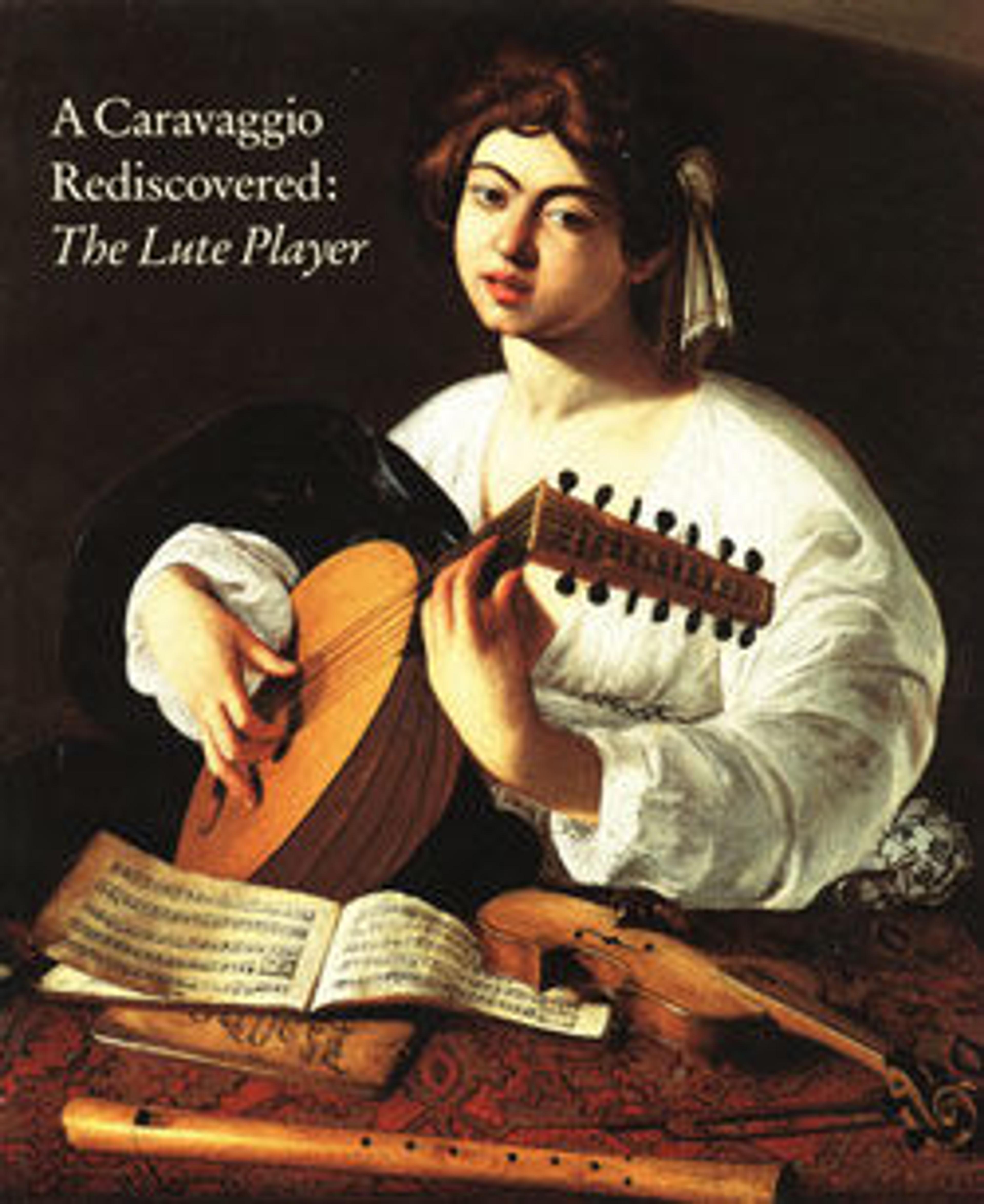Tenor Recorder
"Recorder" is an English term for a duct flute, which is also called flauto dolce, flûte à bec, or Blockflöte. Its fipple mouthpiece makes it a relative of pipes and whistles; however, recorders have a hole for the thumb and holes for four fingers of the lower hand. Recorders come in different sizes, with their name indicating the relative range, for example, soprano, alto, tenor, bass; however, the recorder plays an octave above the corresponding vocal range.
By the mid-1600s, recorders were typically made from a single piece of wood. The bore is largely cylindrical and the timber is determined by lower harmonics. Renaissance recorders were played in consorts, and the large bore provided a mellow sound that blended well with other recorders, voices, or stringed instruments.
The two holes at the bottom of the recorder enable the musician to play it either right- or left-handed. The hole not being used could be plugged with wax (see illustration and closeup of bottom part of instrument).
By the mid-1600s, recorders were typically made from a single piece of wood. The bore is largely cylindrical and the timber is determined by lower harmonics. Renaissance recorders were played in consorts, and the large bore provided a mellow sound that blended well with other recorders, voices, or stringed instruments.
The two holes at the bottom of the recorder enable the musician to play it either right- or left-handed. The hole not being used could be plugged with wax (see illustration and closeup of bottom part of instrument).
Artwork Details
- Title: Tenor Recorder
- Date: early 17th century (?)
- Geography: Germany or Italy
- Culture: German or Italian
- Medium: Wood
- Dimensions: Length: 56.5 cm (22-1/4 in.)
- Classification: Aerophone-Whistle Flute-recorder
- Credit Line: The Crosby Brown Collection of Musical Instruments, 1889
- Object Number: 89.4.3133
- Curatorial Department: Musical Instruments
More Artwork
Research Resources
The Met provides unparalleled resources for research and welcomes an international community of students and scholars. The Met's Open Access API is where creators and researchers can connect to the The Met collection. Open Access data and public domain images are available for unrestricted commercial and noncommercial use without permission or fee.
To request images under copyright and other restrictions, please use this Image Request form.
Feedback
We continue to research and examine historical and cultural context for objects in The Met collection. If you have comments or questions about this object record, please contact us using the form below. The Museum looks forward to receiving your comments.
